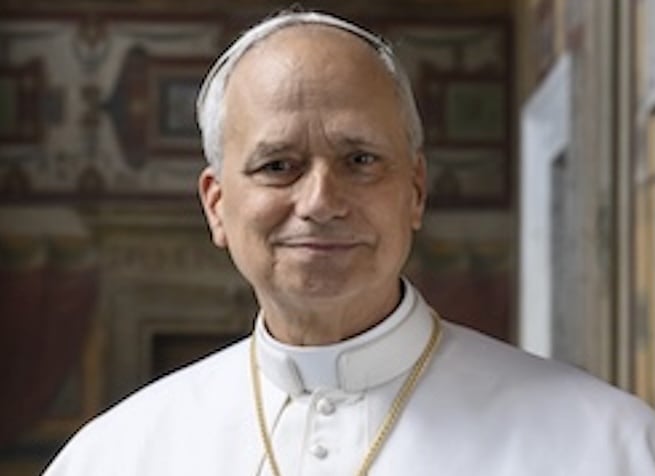The election of Cardinal Robert Prevost as the new head of the Roman Catholic Church has been accompanied by no small amount of fanfare and speculation. Prevost - now Leo XIV - was a relative unknown before his elevation to Bishop of Rome; he’d only recently become a cardinal and was not on many papal shortlists before the conclave began. Only the most intimately acquainted with the Roman curia had ever even heard of his name before his ascendancy. This low profile has meant that those seeking some sense of the trajectory of his papacy have needed to scour his biography for details upon which to base their prognostications.
Login to read more
Sign in or create a free account to access Subscriber-only content.
